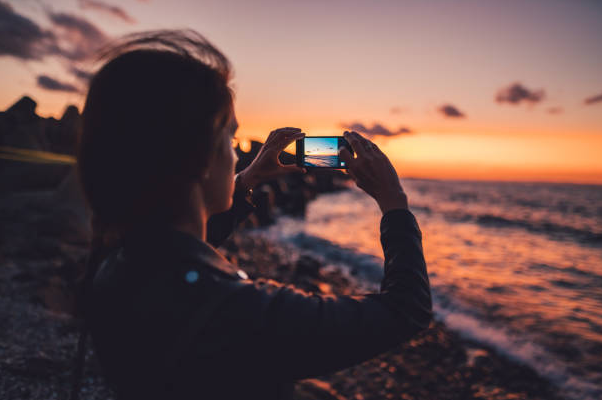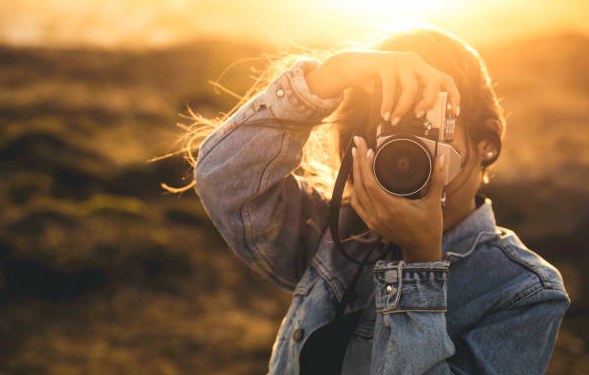Are you a frequent business traveler who wants to capture memorable moments from your trips? Travel photography is an excellent way to document your experiences and create lasting memories. In this article, we will explore various tips and techniques to help you improve your travel photography skills and capture stunning images during your business trips.
When embarking on a business trip, many professionals focus solely on their work objectives and tend to overlook the potential for incredible photography opportunities. However, by incorporating some simple travel photography tips into your routine, you can make the most of your trips and capture moments that will last a lifetime.
Importance of Travel Photography
Travel photography is more than just a hobby or a way to showcase your adventures on social media. It allows you to preserve memories, tell stories, and evoke emotions through your images. Photographs taken during business trips can serve as powerful reminders of the places you’ve been, the people you’ve met, and the experiences you’ve had.
1. Preparing for Your Business Trip
Before embarking on your business trip, it’s essential to plan ahead and make some preparations for your travel photography. Research the destination, learn about the local culture, and identify potential photography opportunities in and around your work schedule.
2. Choosing the Right Equipment
The choice of equipment plays a significant role in travel photography. Consider the type of photography you want to focus on during your business trip and pack your gear accordingly. From DSLRs to mirrorless cameras, there are various options available to suit different needs and preferences.
3. Understanding Lighting
Lighting is a crucial element in photography, and understanding how to utilize it effectively can make a significant difference in the outcome of your images. Learn about different lighting conditions, such as golden hour and blue hour, and experiment with natural and artificial light sources to create stunning photographs.
4. Composition and Framing
Composition and framing are key aspects of travel photography. They involve arranging the elements within your frame to create visually appealing and balanced images. Learn about the rule of thirds, leading lines, and other composition techniques to enhance the impact of your photographs.
5. Capturing People and Culture
One of the joys of travel photography is capturing the essence of a place through its people and culture. Engage with locals, ask for permission before taking portraits, and try to capture candid moments that reflect the authentic spirit of the destination.
6. Photographing Landscapes
Business trips often take professionals to beautiful locations with breathtaking landscapes. Whether it’s a stunning coastline or a magnificent mountain range, learning how to capture landscapes effectively can result in mesmerizing photographs. Experiment with different perspectives, focal lengths, and filters to add depth and interest to your images.
7. Tips for Taking Great Food Photos
Food is an integral part of any travel experience, and taking enticing food photos can add a delicious dimension to your travel photography. Pay attention to presentation, lighting, and composition to capture mouthwatering images that convey the flavors and textures of local cuisine.
8. Editing and Post-Processing
Once you’ve captured a collection of images during your business trip, it’s time to enhance and refine them through editing and post-processing. Explore software options such as Adobe Lightroom or Capture One to bring out the best in your photographs while maintaining a natural look and feel.
9. Backing up and Storing Your Photos
Protecting your travel photographs is crucial, especially when you’re on the go. Establish a reliable backup system to ensure your images are safe and secure. Consider using cloud storage or portable hard drives to create duplicates and have peace of mind knowing your precious memories are protected.
10. Sharing and Showcasing Your Work
After returning from your business trip, it’s time to share and showcase your travel photographs. Whether it’s through social media, a personal blog, or a photography portfolio, sharing your work allows others to experience your journey and appreciate your creative vision.
Conclusion
Travel photography can transform your business trips into memorable adventures. By following these tips and techniques, you can enhance your travel photography skills and capture stunning images that preserve the essence of your experiences. Remember to immerse yourself in the culture, engage with locals, and have fun while documenting your journeys.
FAQs
1: Can I capture great travel photos with just a smartphone?
Yes, smartphones have advanced camera capabilities and can produce excellent travel photos. However, dedicated cameras offer more control and flexibility, especially in challenging lighting conditions or when capturing distant subjects.
2: How can I make my travel photos stand out on social media?
To make your travel photos stand out on social media, focus on unique perspectives, compelling compositions, and vibrant colors. Experiment with editing techniques to enhance the mood and atmosphere of your images.
3: Should I ask for permission before taking photos of people during my travels?
Respecting the privacy and cultural norms of the places you visit is essential. When photographing people, especially in intimate or sensitive situations, it’s courteous to ask for permission first. Building rapport and establishing a connection can result in more meaningful portraits.
4:What is the best time of day to capture landscapes?
The golden hour, which occurs during the first hour after sunrise and the last hour before sunset, is often considered the best time for capturing landscapes. The soft, warm light during this time adds a magical touch to your photographs.
5: How can I improve my travel photography skills?
Improving your travel photography skills takes practice and experimentation. Continuously challenge yourself to try new techniques, study the work of other photographers, and seek feedback from peers. Joining photography communities and workshops can also provide valuable learning opportunities.


